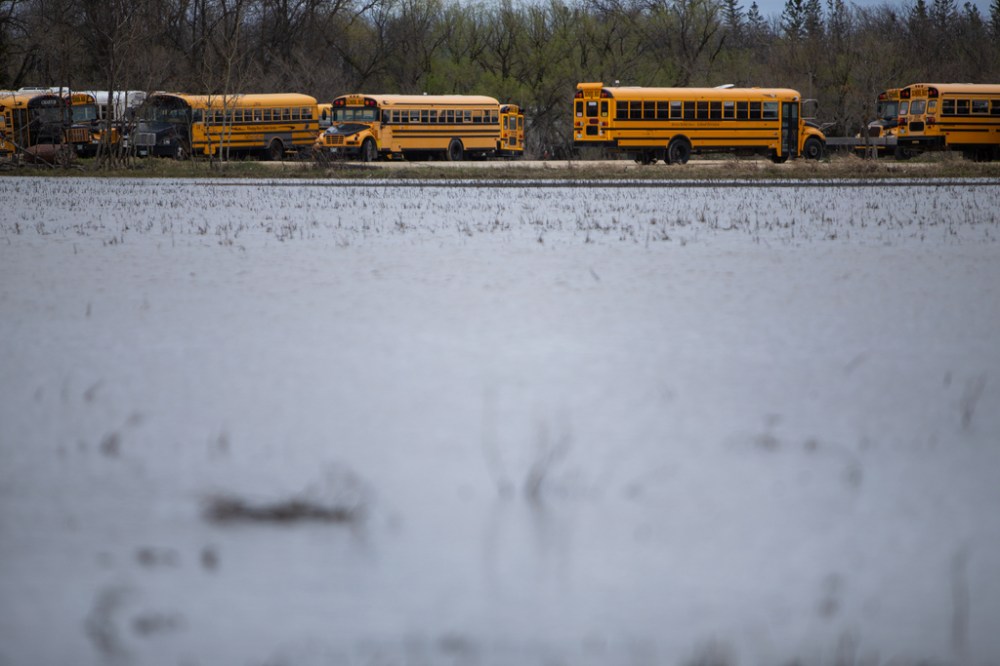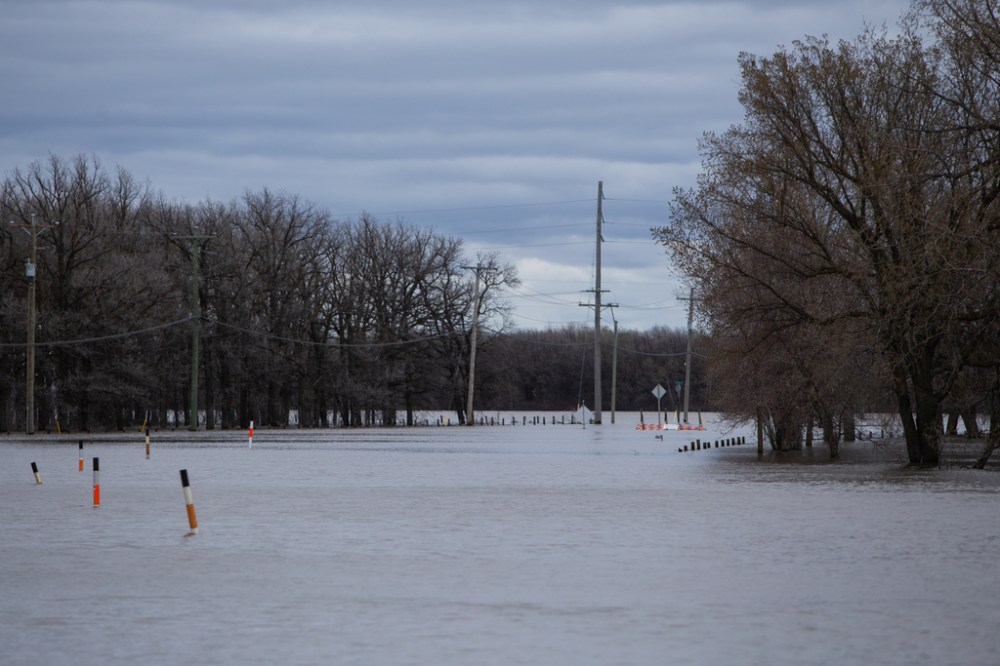Red River Valley sees strong winds, little rain
Advertisement
Read this article for free:
or
Already have an account? Log in here »
To continue reading, please subscribe:
Monthly Digital Subscription
$0 for the first 4 weeks*
- Enjoy unlimited reading on winnipegfreepress.com
- Read the E-Edition, our digital replica newspaper
- Access News Break, our award-winning app
- Play interactive puzzles
*No charge for 4 weeks then price increases to the regular rate of $19.00 plus GST every four weeks. Offer available to new and qualified returning subscribers only. Cancel any time.
Monthly Digital Subscription
$4.75/week*
- Enjoy unlimited reading on winnipegfreepress.com
- Read the E-Edition, our digital replica newspaper
- Access News Break, our award-winning app
- Play interactive puzzles
*Billed as $19 plus GST every four weeks. Cancel any time.
To continue reading, please subscribe:
Add Free Press access to your Brandon Sun subscription for only an additional
$1 for the first 4 weeks*
*Your next subscription payment will increase by $1.00 and you will be charged $16.99 plus GST for four weeks. After four weeks, your payment will increase to $23.99 plus GST every four weeks.
Read unlimited articles for free today:
or
Already have an account? Log in here »
Hey there, time traveller!
This article was published 14/05/2022 (1304 days ago), so information in it may no longer be current.
Little rain fell over the Red River Valley Friday and Saturday — a good sign for southern Manitoba’s flood fight — but high winds throughout the area created challenges.
The highest wind speed was recorded in Richer, northeast of Steinbach, at 99 kilometres per hour. Winds were strong throughout the Red River Valley, including 94 km/h in Pilot Mound. At Winnipeg’s airport, the gusts were 82 km/h.
Although the province’s hydrological forecast centre had estimated 20 to 50 millimetres of rain for much of southern and central Manitoba between Thursday and Saturday, the areas hardest hit by flooding avoided much of the rainfall.

“Not a lot (of rain) fell in the Red River Valley, thankfully, where we’ve got all the overland flooding issues… a trace to maybe a millimetre or two at most over the past 24 hours,” Eric Dykes, an Environment and Climate Change Canada meterologist, said Saturday morning.
Those numbers stayed consistent throughout the day, Dykes later said.
Rural Municipality of Ritchot Mayor Chris Ewen said the wind affected the flooding in his community south of Winnipeg.
“We literally saw a rise in levels along the Red River and area by about a foot while (the wind) was happening,” he said. “That caused extreme safety concerns along roadways that we weren’t even thinking about during the flood fight.”
Still, Ewen is thankful there was less rain than predicted as the community continues to cope with flooding.
“We’re still seeing lots of water, lots of overland flooding still — looks like a lake around Ritchot — so we’re happy that we didn’t get as much rain, but we still have a lot of water to deal with,” he said Saturday.
Some roads in the community were temporarily closed as the water washed over them. The water didn’t breach any major dikes, but managed to get above some sandbagged areas, Ewen said.
“Now it’s a matter of cleanup of the debris that we’ve seen from the water washing up — random things all over the place,” Ewen said. “Trees, docks, I saw a barn, you name it. There were things that I couldn’t believe moved along the fields. I think it was a chicken coop that I saw, porta potties, unbelieveable.”
The high winds knocked out power throughout southern Manitoba Friday, according to the province’s power utility. Manitoba Hydro’s online outage map showed more than 2,500 customers were still without power mid-afternoon Saturday, with 183 outages total.
In a social media post Saturday, Hydro said crews were continuing to repair the damage, particularly in rural areas, with the hope of restoring power by Saturday night. The repair work included installing new poles and fixing damaged lines.
Significant amounts of rain fell across western Manitoba, with the Swan River, Dauphin and Grand Rapids regions hardest hit.
Environment Canada’s Birch River agricultural station, near Swan River, received 50.9 mm of rain over a 24-hour period beginning 10 a.m. Friday. The nearby Hart Mountain station saw 50.3 mm. The third highest amount of rainfall dropped off quite substantially, Dykes said — a weather station in Garland, which is about halfway between Swan River and Dauphin Lake, recorded 38.38 mm in the same period.
The low-pressure weather system that brought rain to the west but skirted over the south was weakening Saturday morning, Dykes said.
The weather will transition to a dry period over the next few days, he added.
In Ritchot, Ewen expects the municipality will still be partially under water until June.

“I do know that we’re going to see a lot of cleanup and repairing of infrastructure for the next few months at least,” he said.
“It could be even (that) the dikes need a little more repair — we’re thankful that the province did their due diligence in the past, but we need the province to step up even more now. Over 20, 25 roads have been closed and they will be damaged.”
He said the province needs to work with the municipality to limit furture destruction during flood events, which he tied to climate change.
In Peguis First Nation, the waters of the Fisher River have receded after two weeks of heavy flooding. More than 1,900 of the community’s approximately 3,500 residents remain evacuees.
“The water has dropped more than two feet in the river and we haven’t gotten the rain that was forecasted, so things are looking up in terms of not having additional water levels rising,” said Peguis Chief Glenn Hudson.
Hudson said there’s damage throughout Peguis, including to critical infrastructure, housing and individual properties.
“The damage is considerable, I know we had many roads wash out compared to previous floods. We also had our critical infrastructure, like our lagoon that was down, our water treatment plant, we’re having issues there with respect to the distribution system, and making sure that our septic system continues to operate without major backups or breakdowns,” he said.
“There’s a lot that needs to be assessed at the moment and we will be looking to start that process this week.”
Evacuees will remain out of the community until that assessment is completed, Hudson added. He said the initial assessment will take four-to-six weeks, before the community looks at long-term damage and to the federal and provincial governments for spending on long-term flood mitigation.
erik.pindera@freepress.mb.ca
Twitter: @erik_pindera

Erik Pindera reports for the city desk, with a particular focus on crime and justice.
Our newsroom depends on a growing audience of readers to power our journalism. If you are not a paid reader, please consider becoming a subscriber.
Our newsroom depends on its audience of readers to power our journalism. Thank you for your support.
History
Updated on Saturday, May 14, 2022 4:05 PM CDT: Adds update from Hydro
Updated on Saturday, May 14, 2022 6:52 PM CDT: Adds new photos

